Chapter 4, Part 11
Last year, James and I explored six countries in Southeast and South Asia for six months to retrace parts of the spice route which had connected nations across both regions as well as attracted merchants from Europe to get their share of the lucrative trade. In the fabled Spice Islands, we visited Ternate and Tidore where clove originated from. One month later, we went to the Banda Islands – a tiny and remote part of the Spice Islands – which until the 19th century was the only place on earth where nutmeg grew.
After leaving the Spice Islands, we headed to an island in the Indian Ocean to learn about another spice so loved and widely used today. Cinnamon had been known by peoples from all over the Old World for millennia. The ancient Egyptians, ancient Greeks, Phoenicians, Israelites, Romans, and medieval Europeans used it for multiple purposes: from adding flavor to wine, to an essential part in religious ceremonies, and a gift for deities and rulers alike.
From a small town on the southwestern coast of Sri Lanka called Balapitiya, we embarked on our short journey across Madu Ganga – a wetland ecosystem that is home to hundreds of species of plants and animals – to reach a small island where cinnamon was still processed in a traditional way. Our small boat plied the calm water upstream with dense and verdant mangrove forests guiding us through the sophisticated network of waterways. At times, the skipper asked us to crouch down whenever we were about to pass under a low bridge. About half an hour later, we arrived on a small island where a few modest houses sat in the shade of the lush canopy above.
Occupied by only one family, the island is one of several small islands in Madu Ganga where cinnamon processing is carried out by the locals. Under a humble open-air pavilion, a barechested middle-aged man with gray hair sat cross-legged while less than a dozen pairs of eyes were watching him skillfully working on a cinnamon tree branch. First, he shaved the rough outer part of the bark, and instantly the sweet scent of fresh cinnamon filled the air. The waste would be used as compost, he said. Then the shaved bark was further softened by a metal stick before it was peeled off completely, dried, and eventually sold at the market. The remaining tree branches would later be used as firewood. Throughout the entire process I recalled sniffing the sweetest scent of cinnamon in my life, so much sweeter than the usual cinnamon found at supermarkets.
In fact, Sri Lankan cinnamon (Cinnamomum verum) is considered ‘true cinnamon’, while the one widely consumed all over the world today comes from different plants from the same genus – Cinnamomum – including Cinnamomum cassia (often called cassia or Chinese cinnamon), Cinnamomum burmannii (Indonesian cinnamon), Cinnamomum loureiroi (Vietnamese cinnamon), and several other cinnamon species. Someone told us that Sri Lankan cinnamon is the only species of cinnamon which does not contain toxins – referring to a substance called coumarin which if consumed excessively could cause damage to the liver and kidneys. However, according to scientific research Cinnamomum verum does contain coumarin, albeit in a much lower amount compared to other types of cinnamon.
Our journey continued. After leaving the small island, our boat went through a narrow tunnel of intertwined mangrove roots which opened up to a large lake. We passed a few small and seemingly uninhabited islands before spotting a white edifice topped with terracotta roof tiles, conspicuous amid the surrounding greenery. The Buddhist temple of Kothduwa Vihara was a peaceful sanctuary situated at the heart of such a tranquil corner of Sri Lanka. A few visitors paid respect to the Buddha, while others gathered by the pier to feed a Malabar giant squirrel who was attracted by free food below. It’s called giant for an apparent reason as I had never seen a squirrel that big before.
Feeling the temple’s serenity one would be forgiven to not realize the conflicts centuries ago among European powers and their local allies to control the cinnamon trade – started by the Portuguese in the 16th century, continued by the Dutch in the 17th century, and then the British a century later until 1948 when Sri Lanka (then known as Ceylon) gained independence. As is the case with other spices, behind their sweet and delightful aroma lies a dark history of bloody conflict driven by greed.
Click here for the full list of stories from the Spice Odyssey series.
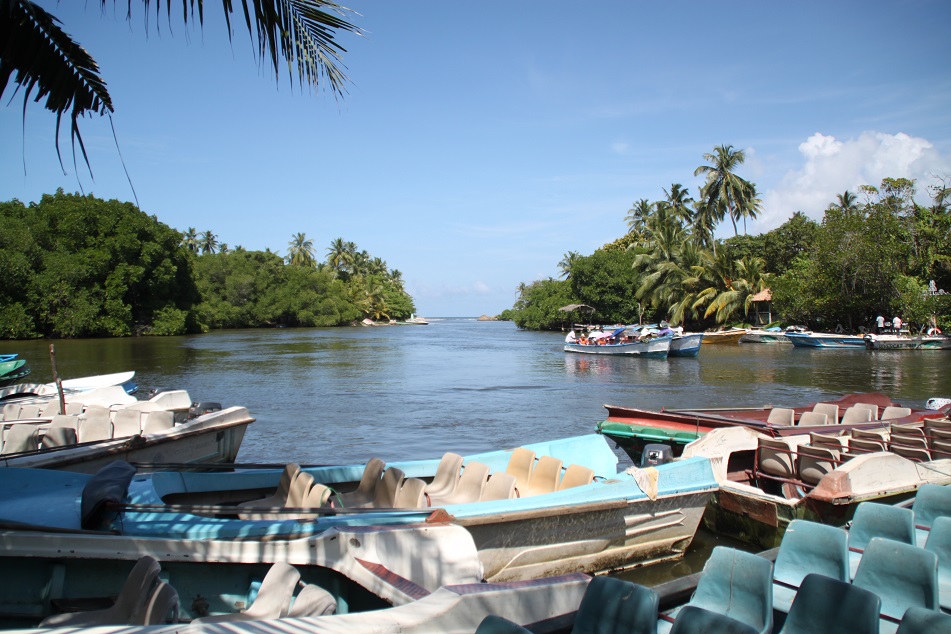
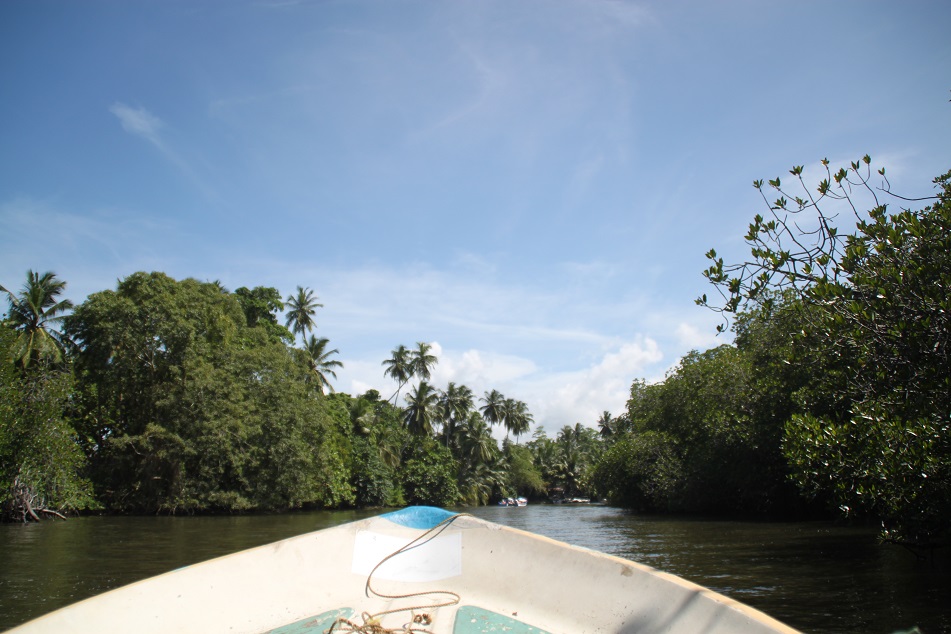
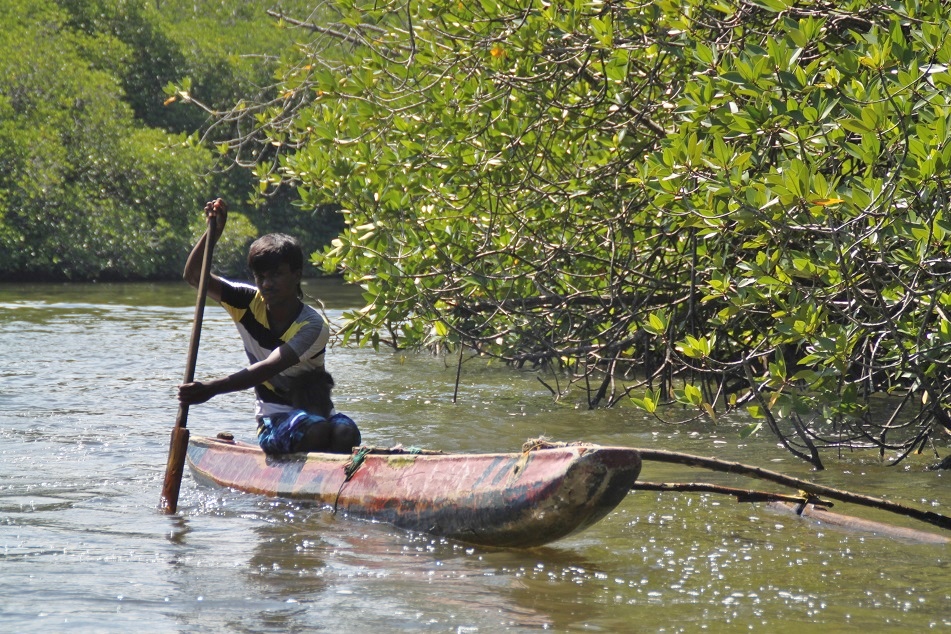

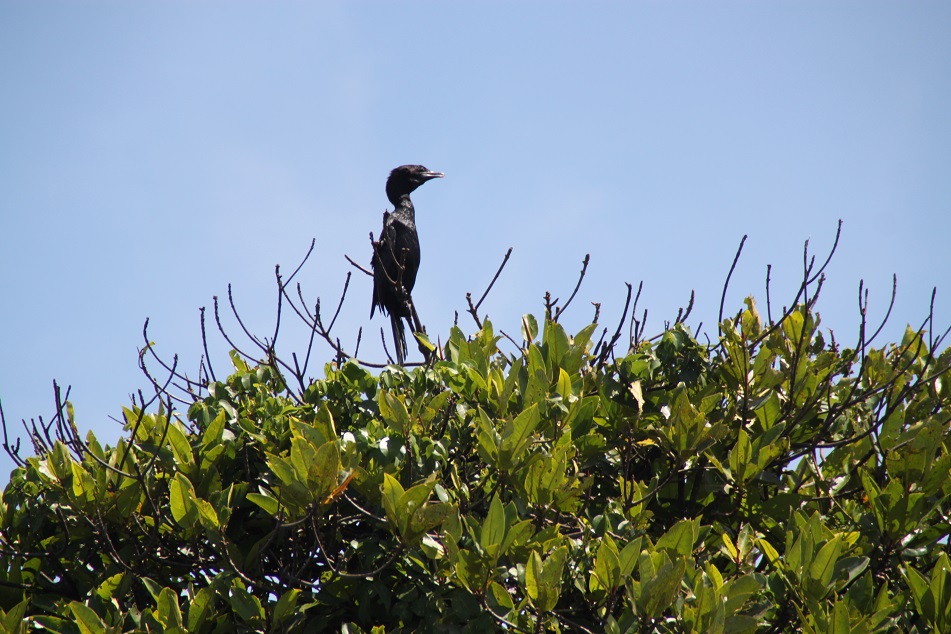
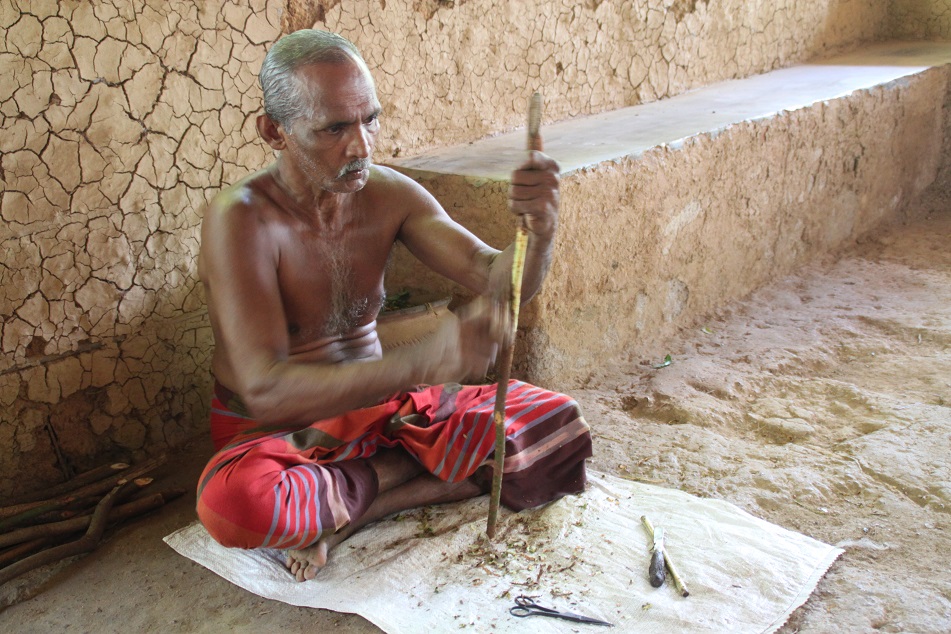

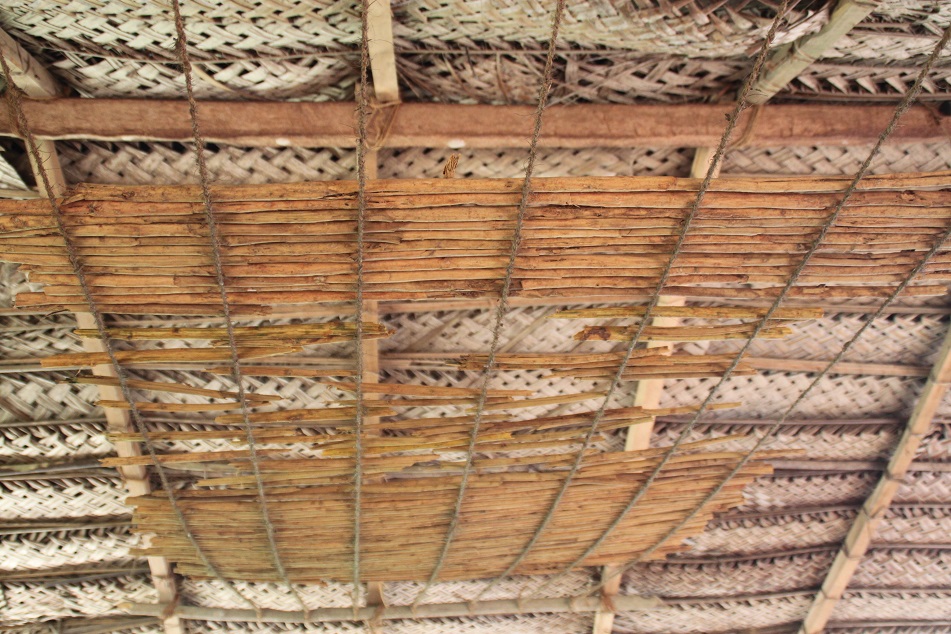
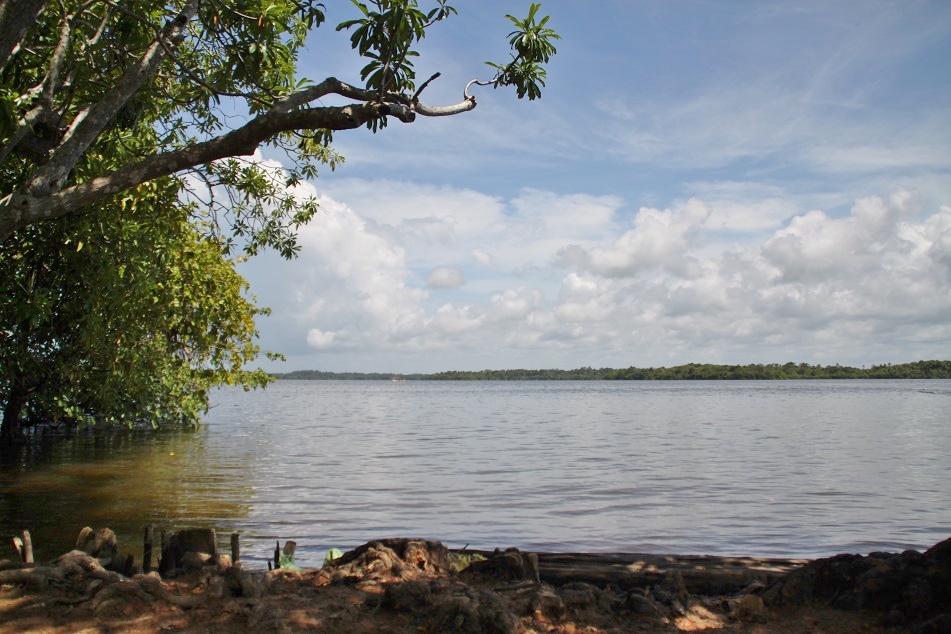
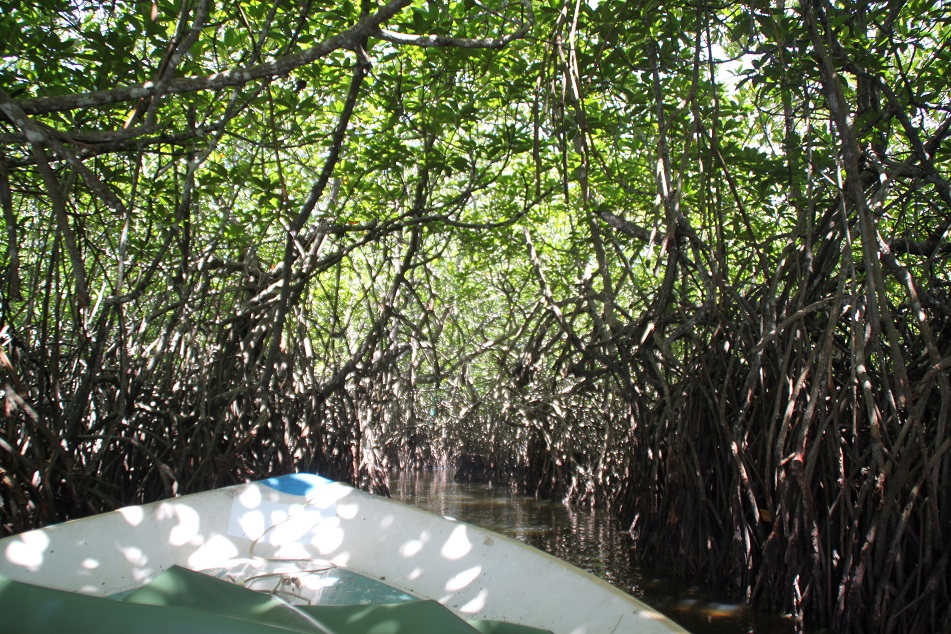
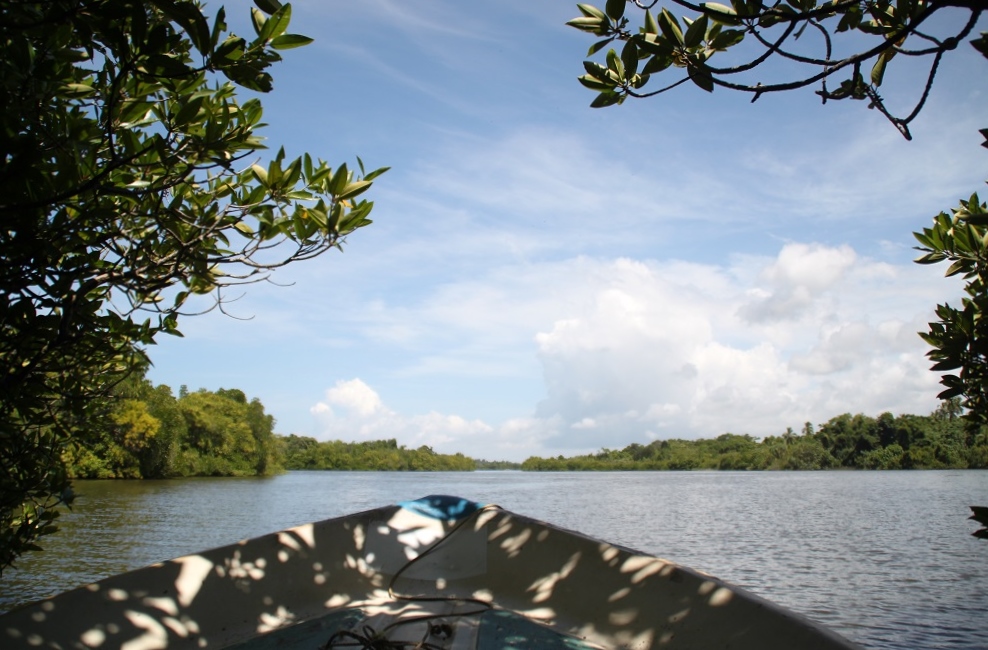
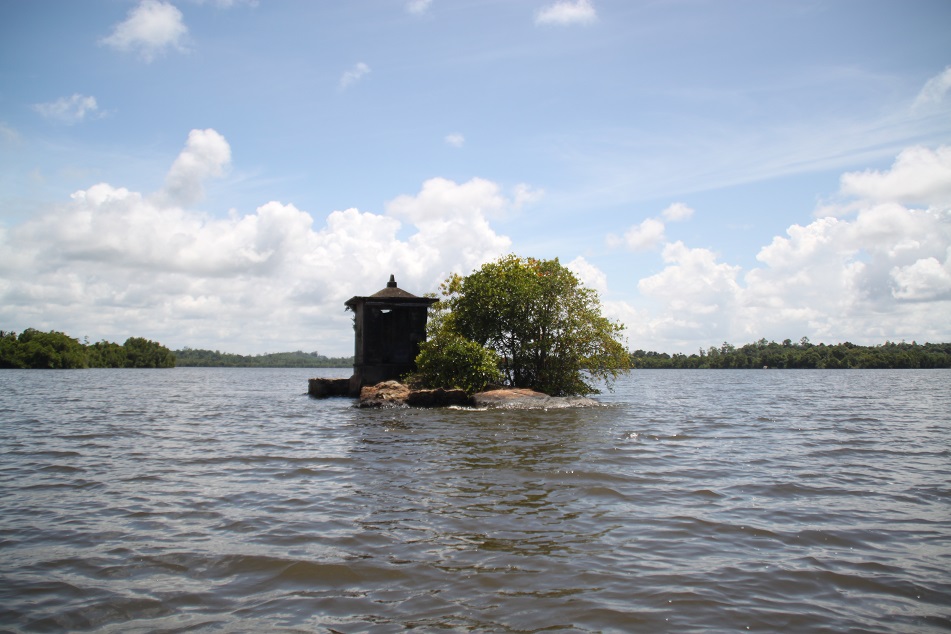
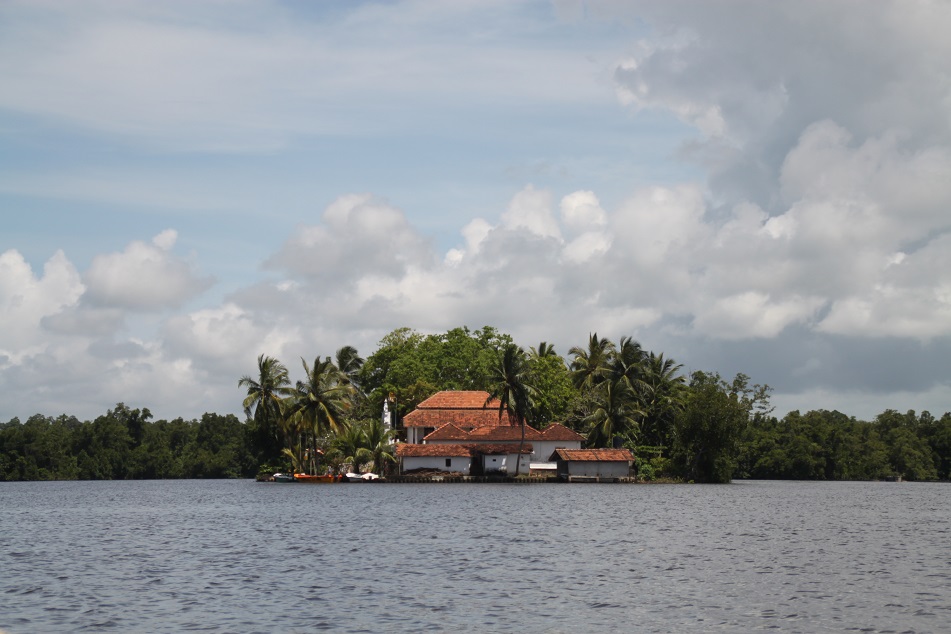
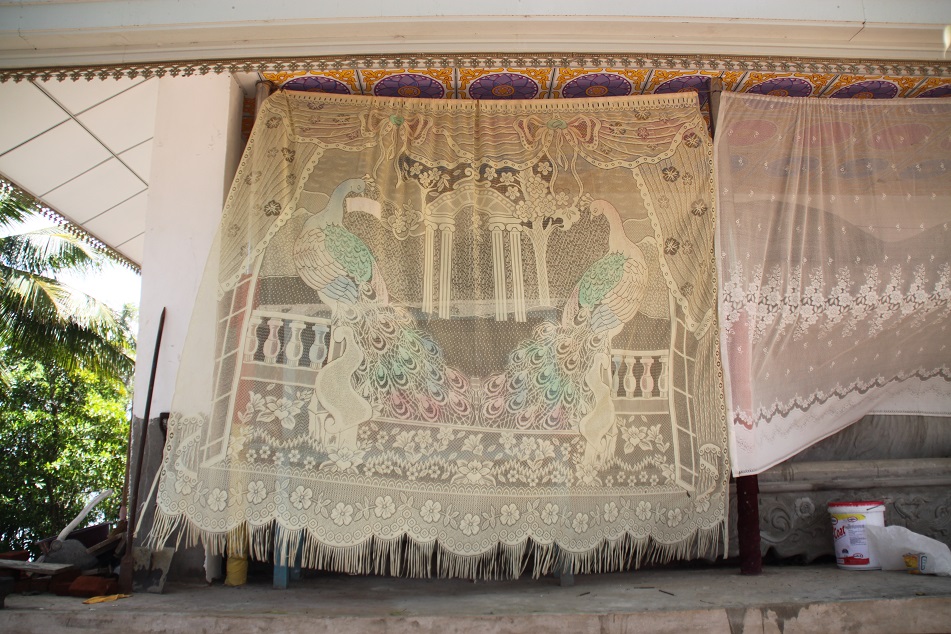
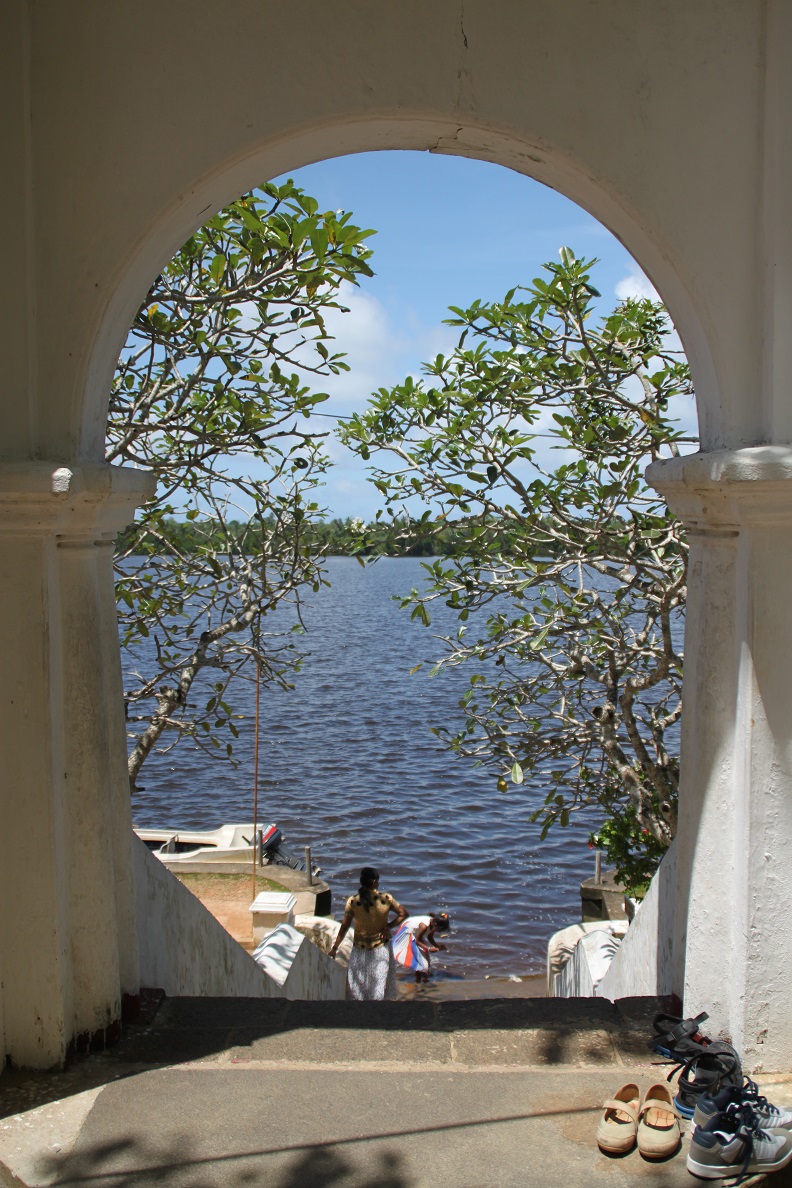
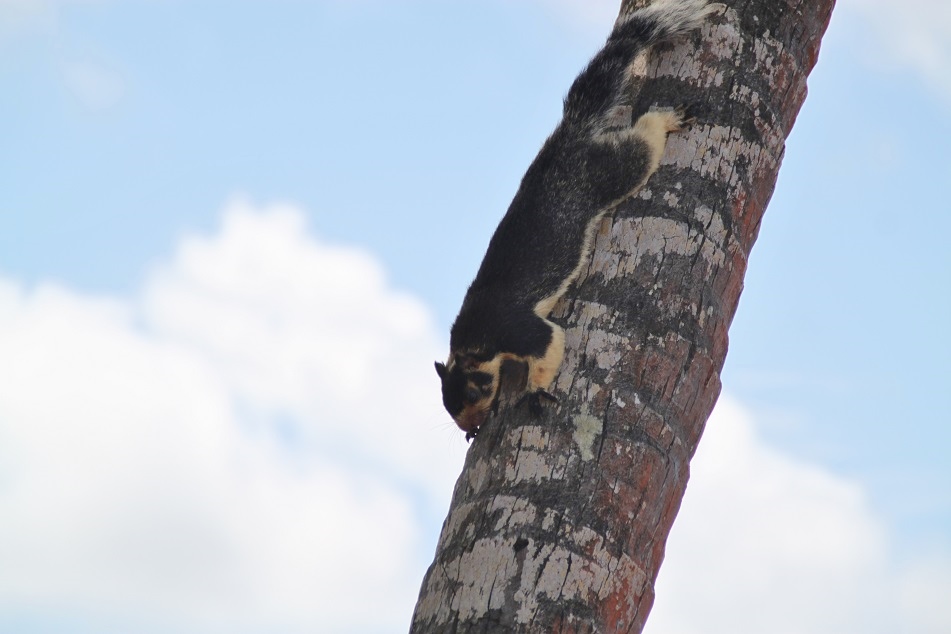
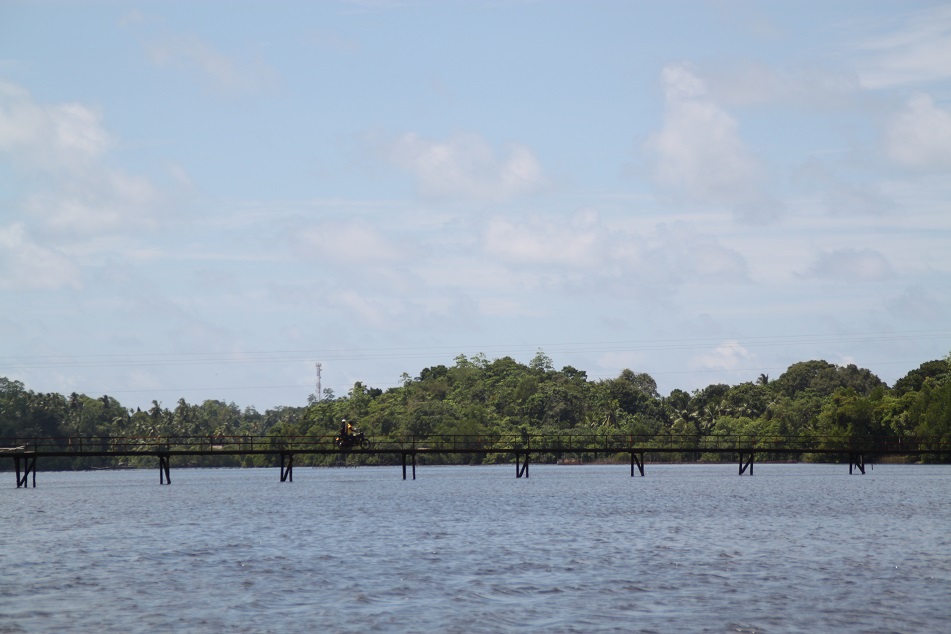
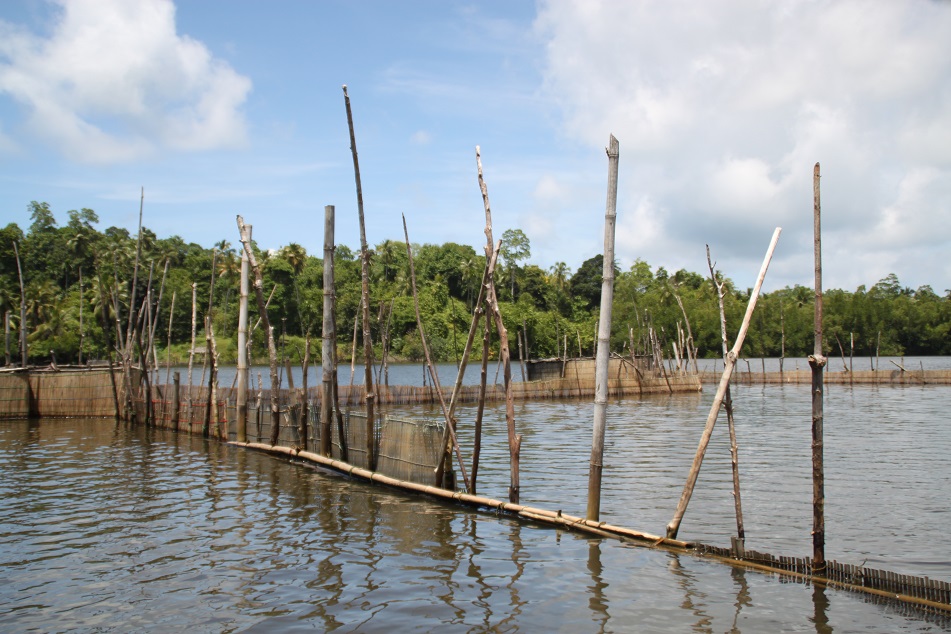
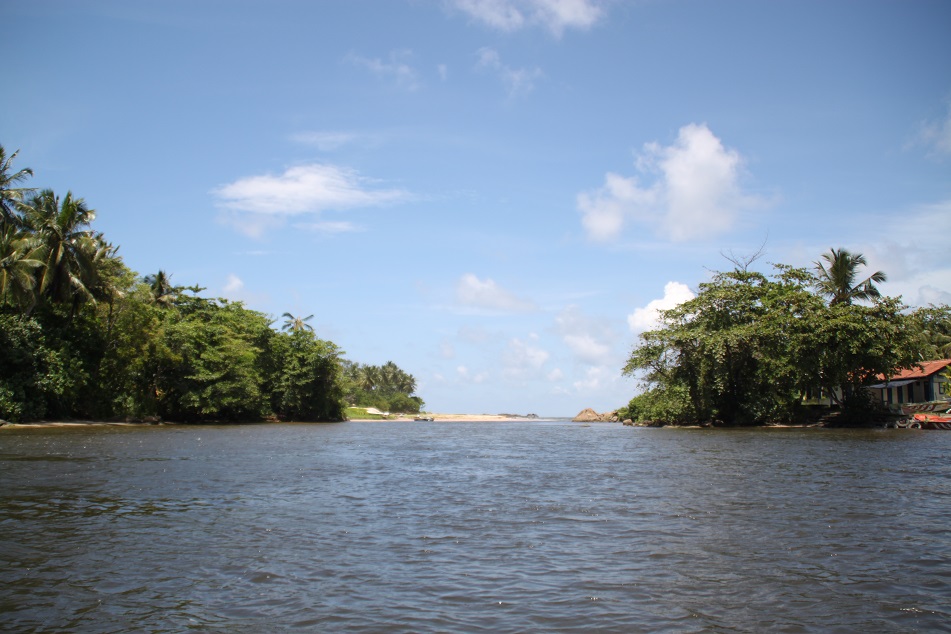
Your article is very interesting! Didnt know that much about Sri Lanka…plus, you also mention the portuguese presence, thats amazing, since I’m portuguese! Regards PedroL
LikeLiked by 1 person
Muito obrigado, Pedrol! I’m from Indonesia, a country that witnessed Portuguese arrival in the early 16th century. Retracing the Iberian nation’s vestiges in Asia has been very fascinating. Visiting places like Macau, Goa, and Timor-Leste makes me really want to go to Portugal!
LikeLiked by 2 people
I can imagine Bama! I had the chance to visit Macau and felt truly surprised… and now, of course, would love to visit Goa and Timor Leste! cheers PedroL
LikeLiked by 1 person
I believe you would enjoy both places as well, Pedrol.
LikeLike
A most interesting write-up and beautiful photos, much enjoyed. Thank you!
LikeLiked by 1 person
I really appreciate your kind words. Thank you for reading!
LikeLiked by 1 person
Another incredibly beautiful photo story!
LikeLiked by 1 person
Always appreciate your kind and encouraging words, Peter. Thanks for reading!
LikeLiked by 1 person
Oh I had been here too two years ago. This refreshed my memory of that trip. Beautiful pictures by the way.
LikeLiked by 1 person
I think this is a part of Sri Lanka which is less-known to most foreigners, which makes it quite pleasant to explore. 🙂 Thanks for reading!
LikeLiked by 1 person
Very interesting 🙂
Lerry
LikeLiked by 1 person
Thank you for dropping by, Lerry.
LikeLike
I felt the same with Sri Lankan Cinnamon, the flavor was sweeter and also more intense! After two years living there, I only have seen one giant squirrel when I visited Polonnaruwa and it was impressive! I loved the big fluffy tail, see my pic of it here https://goo.gl/bk6Xqs. Thanks for sharing.
LikeLiked by 1 person
I know, right? The scent was so refreshing and, as you said, intense. I can use one as a fragrance in my kitchen, I guess. Wow, the squirrel in your photos looks as big as a cat! Thanks for dropping by!
LikeLiked by 1 person
Lovely photos Bama. This sounds like a very enticing journey.
Alison
LikeLiked by 1 person
Thanks Alison. If we had more time in Madu Ganga, we probably would have explore more islands. I think you would like it there.
LikeLiked by 1 person
Mas Bamaaaa…
Lama ga baca sudah kelewat banyaaaaak kali… foto-foto kerennya itu lho.. Yang lagi di atas kano itu iiiih kecil banget, apa ga kecebur ya… *gakebayangsiiih
Ah tripnya asik banget, harus menunduk di bawah jembatan rendah, di dekat mangroves trus tiba-tiba jadi luar hmmm seru bangetttt… tp kan biasanya ada uler ya hiiii… serem hihihi… tapi kayaknya kok panas yaa…
Trus saya naksirrrr banget sama peacock curtainnya… harusnya mas Bama beliin satu buat saya hahahaha…
LikeLiked by 1 person
Hi Mbak Riyanti, iya nih udah lama gak baca komennya Mbak Riyanti yang selalu seru. 😀
Ya orang-orang sana dari kecil udah terbiasa naik kano sekecil itu, malah mungkin kalo disuruh naik sepeda kurang jago kali ya, hehe..
Wah saya pas mblusuk2 ke dalam hutan bakau di sana malah gak kepikiran ular sama sekali lho. Mikirnya wah asik banget ya. Nah sekarang kalo saya ke sana lagi malah jadi kepikiran ular. Hayo lho mbak, tanggung jawab. 😀
Peacock curtainnya saya ambil langsung dikejar orang-orang di wihara itu mbak. Terus saya harus berenang deh buat melarikan diri.
LikeLiked by 1 person
Soal ular itu sebenarnya aku lihat jetika main ke hutan bakau di PIK itu lho. Eh si uler santai aja berenang2… hiiii… untung aja saya ga jejeritan bikin heboh sekampung wkwkwk!
Dan soal peacock curtain itu aaah biarin aja mas Bama dikejar2 sampai harus berenang2 paling ketemu si uler (qiqiqiqiq… bagus bangeeeet soalnya curtainnya itu) >>> contoh dedemit kekinian hahaha
LikeLiked by 1 person
Wah saya malah belum pernah main ke yang di PIK nih mbak. Dari dulu kepengen tapi belum pernah terlaksana. Emang ya, yang jauh malah suka didatangi duluan. 😀
Boleh deh saya ambil peacock curtainnya asal dapet tiket gratis keliling dunia, hehe..
LikeLiked by 1 person
Straight to the heart and fascinating! Great post, Bama.
LikeLiked by 1 person
Much appreciated, Kelly! Madu Ganga’s charm lies in its simplicity.
LikeLike
beautiful photo story kak 🙂 like it
LikeLiked by 1 person
Makasih banyak mas. 🙂
LikeLike
I really enjoyed this photo essay, Bama. It wasn’t just the scenery that made the little boat trip so memorable – I found it hilarious that we had to duck (while the crew lowered the bimini top) each time we went under a low bridge! And of course, seeing cinnamon being made the traditional way was an eye-opener too.
LikeLiked by 1 person
It was a nice half-day trip to escape Hikkaduwa. I loved the fact that the skies were mostly clear when we explored Madu Ganga. But my favorite moment was when we went through this tunnel of mangrove roots which opened up to another part of the seemingly endless wetland. Thanks for suggesting this trip, James!
LikeLiked by 1 person
This post was especially interesting because while living in Mexico I have learned about cinnamon in a whole new way. In the US it is mostly used in baked goods, and of course there it is not the “real thing.” In Mexico canela is available powdered or in small sticks in the grocery stores, and in the markets the large rolls are sold.(I’m curious so I’m going to check the price). The spice is widely used in their delicious sauces and drinks.
Right after I read your post I searched to find out where Mexico gets its cinnamon, and almost all (96% according to one article) is Ceylon from Sri Lanka.
I also like your mangrove photos, as I have taken a couple of little boat trips through mangroves on the west coast of Mexico. The mangrove roots were enormous, and the crocodiles were fairly large too!
Thanks for another beautifully illustrated and informative post!
LikeLike
Yesterday I read an article which says that pastry chefs actually prefer cassia for baking. The easiest way to tell it from true cinnamon is the size; the former is usually sold in bigger rolls as they are procured from tree bark, while the latter is smaller because it is the inner bark of respective species which is used.
Fortunately there was no crocodile when we explored the mangrove forests. Otherwise it would have been a much thrilling experience. Thanks for reading and sharing your thoughts, Marilyn!
LikeLike
Nice shots!
LikeLike
Much appreciated, Anu!
LikeLike